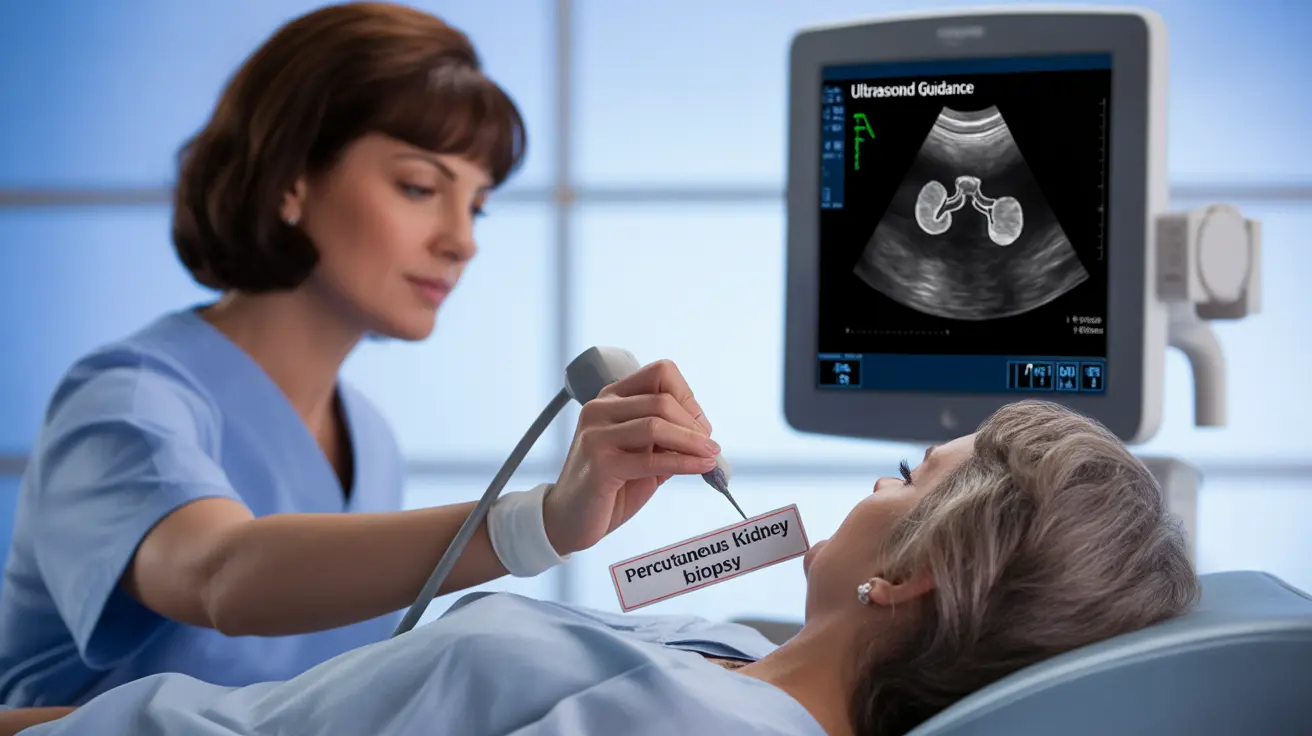A kidney biopsy is a crucial diagnostic procedure that helps doctors understand and treat various kidney conditions. During this procedure, a small sample of kidney tissue is removed and examined under a microscope to diagnose specific kidney problems, monitor disease progression, or evaluate treatment effectiveness. Understanding what to expect from a kidney biopsy can help alleviate concerns and ensure better preparation for the procedure.
What Is a Kidney Biopsy?
A kidney biopsy involves collecting a tiny piece of kidney tissue for detailed laboratory analysis. This specialized diagnostic test allows doctors to examine the microscopic structure of kidney cells and identify specific disease patterns that might not be visible through other testing methods. The procedure is essential for accurately diagnosing kidney diseases, determining their severity, and planning appropriate treatment strategies.
Types of Kidney Biopsy Procedures
Percutaneous Kidney Biopsy
The most common type of kidney biopsy is the percutaneous approach, where a needle is inserted through the skin into the kidney. This procedure is typically performed under local anesthesia and uses ultrasound or CT guidance to ensure precise needle placement. The entire process usually takes about an hour, though the actual tissue collection only takes a few minutes.
Open Biopsy
In some cases, surgeons may need to perform an open biopsy, which involves making a small incision to access the kidney directly. This approach is less common and is typically reserved for situations where a percutaneous biopsy isn't feasible or safe.
Transjugular Biopsy
This specialized technique involves accessing the kidney through blood vessels, typically used when patients have bleeding disorders that make other approaches risky. It's performed less frequently and requires specific expertise.
Preparing for a Kidney Biopsy
Proper preparation is essential for a successful kidney biopsy. Patients should:
- Stop taking blood-thinning medications as directed by their healthcare provider
- Fast for 8 hours before the procedure
- Complete all required blood tests and imaging studies
- Arrange for transportation home after the procedure
- Inform their doctor about all current medications and medical conditions
Recovery and Aftercare
After a kidney biopsy, patients typically need several hours of observation to ensure no complications develop. Most people can return home the same day, but will need to:
- Rest for 12-24 hours
- Avoid heavy lifting and strenuous activity for 1-2 weeks
- Monitor for signs of complications
- Keep the biopsy site clean and dry
- Follow up with their healthcare provider as scheduled
Monitoring Transplanted Kidneys
Kidney biopsies play a vital role in transplant medicine. They help doctors monitor the health of transplanted kidneys and detect signs of rejection early. These surveillance biopsies may be performed regularly or when blood tests suggest potential problems with the transplanted organ.
Frequently Asked Questions
1. What is a kidney biopsy and why is it needed to diagnose kidney problems? A kidney biopsy is a medical procedure where a small sample of kidney tissue is removed for microscopic examination. It's needed when other tests can't provide a definitive diagnosis, when determining the extent of kidney damage, or when monitoring disease progression and treatment effectiveness.
2. How is a percutaneous needle kidney biopsy performed and what should I expect during the procedure? During a percutaneous kidney biopsy, you'll lie face down while the doctor uses ultrasound guidance to locate the kidney. After administering local anesthesia, they'll insert a special biopsy needle to collect tissue samples. The procedure typically takes about an hour, with most of that time spent on preparation and positioning.
3. What are the possible risks and complications of a kidney biopsy? The main risks include bleeding, pain at the biopsy site, infection, and rarely, damage to surrounding organs. Most complications are minor and resolve on their own, but severe bleeding occurs in less than 1% of cases.
4. How should I prepare for a kidney biopsy and what does recovery involve afterward? Preparation includes stopping certain medications, fasting before the procedure, and completing required pre-procedure tests. Recovery involves rest, monitoring for complications, avoiding strenuous activity, and following your doctor's specific aftercare instructions.
5. How is a kidney biopsy used to monitor transplanted kidneys and detect transplant rejection? Kidney biopsies in transplant patients help detect rejection early by examining tissue for cellular changes indicative of immune system attacks. They may be performed routinely or when blood tests suggest potential problems with the transplanted kidney.




